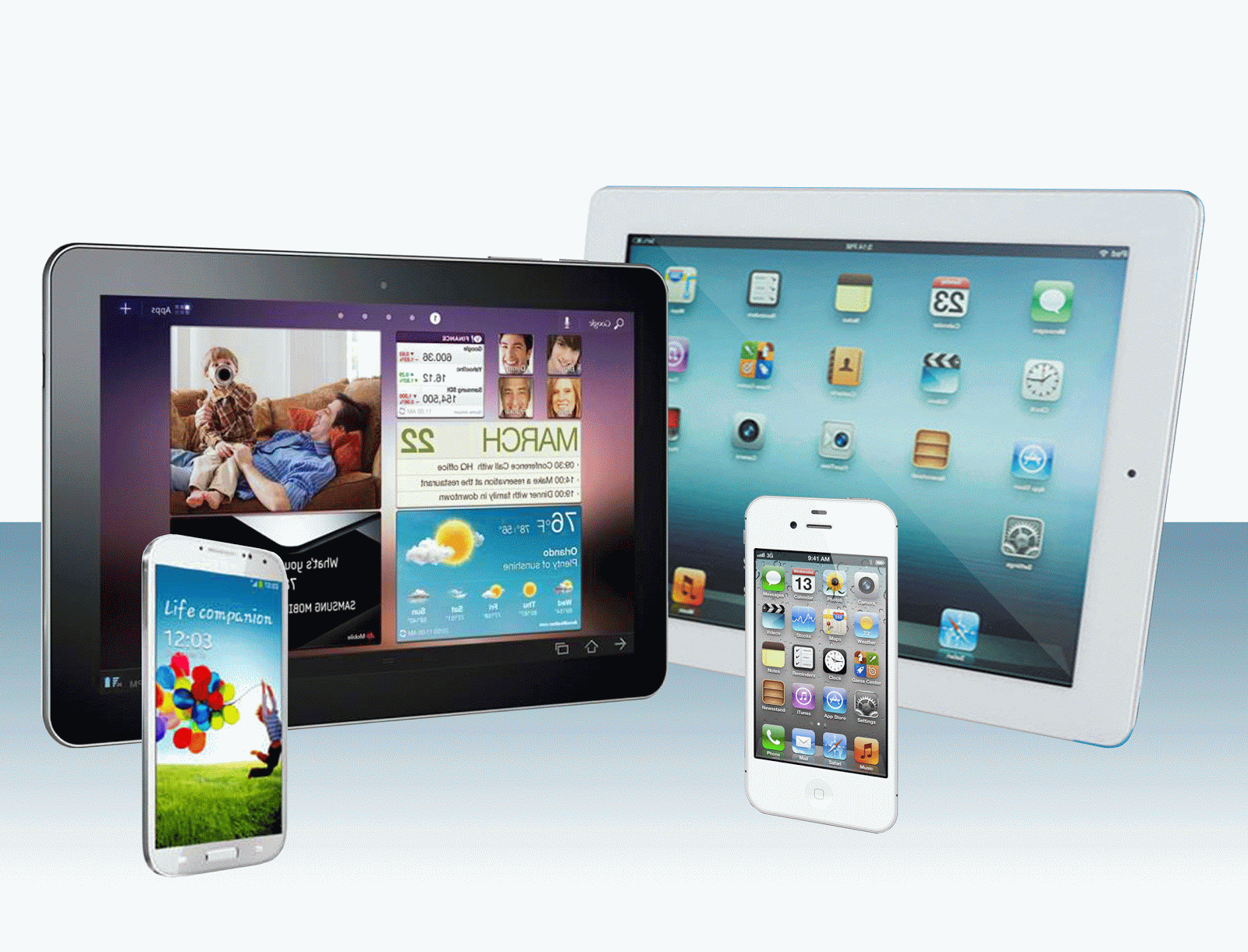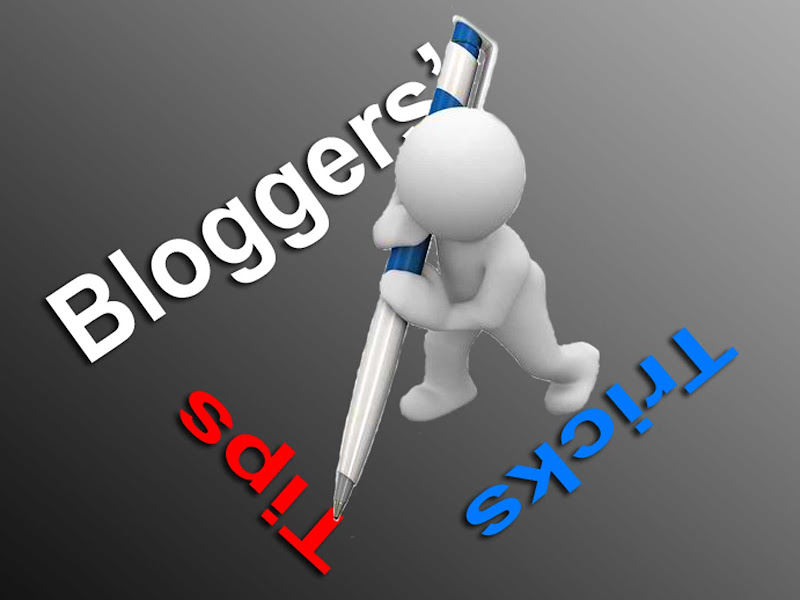If you are currently a MyBro (formerly SmartBro) subscriber, then you already know and experienced what I am about to tell you. But still indulge me so that you may get additional insight about the matter and please do share this article to others so that they get informed. By spreading the word, we might make PLDT/Smart to rethink about its Fair Usage Policy.
If you are not yet a MyBro (SmartBro) subscriber, you are in luck. Please read carefully and when you fully understand what has been written here you still wish to subscribe, then all the best to your browsing in the coming months.
From the TV ads, Smart has been using the term unlimited to their MyBro plan 999. No matter how you try to interpret this, it will always mean that you get unlimited internet access with up to 2Mbps. Please note of the phrase
up to that just because the 2Mbps is there, mean that you will get 2Mbps internet speed. I will let other users to comment on it but just to give you a hint, a 1Mbps speed would already be very good.
 |
| List of MyBro plans including their monthly data usage limit. Plan 999 and 1299 states unlimited. |
But wait, let us go back to their much trumped umlimited data usage. myBro has this thing called Fair Usage Policy (FUP). What is this and why would you care? Well, because this means each month you are actually limited to only so much download and upload (combined) data per month. How much? Many says it is about 15GB a month but PLDT has a very vague description of it. Below is an excerpt of it:
"Conditions Covering Fair Usage Policy. Certain peer-to-peer and machine-to machine software/applications are used by customers to send and receive files containing very large amounts of data. These activities may cause network congestion and can negatively impact the quality of service that other subscribers will experience. myBro fulfils a service level that is based on equitable share of network resources among all of its customers. Thus, the service level and/or connectivity to users of peer-to-peer and machine-to-machine software/applications is modulated to ensure that all customers get the best fixed wireless Internet experience.
Upon reaching the optimum volume allocation for a single user, the subscriber will still be able to enjoy unlimited access to the Internet, but at a lower speed. This was implemented to manage overall internet usage and to ensure that all myBro subscribers can enjoy satisfactory internet service."
Well, to be fair, it stated that you will not get disconnected but your speed will be reduced then by the next month, all will be back to normal. But many will attest that by reduced, it means it will go down to a crawl that a dial-up would even be better. So much for unlimited huh?
The reason for such a policy they say was for them to ensure the integrity of the network so they can continue to provide a fast and reliable connectivity and that all subscribers will have fair access to network resource. How noble, but say what?!
First off, why use the term unlimited to a service that is actually limited? At least they should have the decency to say that all users are subject to myBro's fair usage policy. Why are users being penalized for their usage patterns for an unlimited service that has been promised them? Why does Smart not upgrade so they can provide better service instead of penalizing them for downloading so much for using their (I will say it again) unlimited network service? If upgrade is not an option, then don't accept anymore subscriber. Shouldn't this be more fair?
Secondly, people use the internet a lot these days. They use facebook, skype (or any other VOIP services), e-mails, youtube, online games, system/software updates, file downloads (like e-books), the cloud (iphone music for example) and yes peer-to-peer sharing. Accept that all these are just normal for a user to be doing over the internet aside from the usual Google search for a how to, what is or for the latest news/gossip. Ask anybody if it is normal to be using peer-to-peer software and you will get a resounding YES. What then, will Smart want to change this behaviour? Like I said, stop using the word unlimited that way no one will get deceived and state flat out how much data they are allowed to use each month.
As if that is not enough, they added:
"myBro reserves the right to suspend or terminate service to customers whose practices or use of the internet far exceeds that of a personal consumer and, as a result, impairs the quality of service that other customers experience. myBro also reserves the right to modify the Fair Usage Policy without immediate notice in order to maintain the integrity of its network services."
If I am to understand it, it is all up to them to do no matter what they please so that they could provide a fast and reliable service. Ah! All in the name of good service. Is that what you can call fair? Fair to whom?
How about existing subscribers prior to the implementation of the Fair Usage Policy? They were promised unlimited network access, no conditions. Unlimited, period. Why apply to them? I almost forgot, they reserve the right to modify their policy, right! Well, could Smart at least give them the right to opt out from the subscription even within the lock-in period? The answer is a resounding NO.
OK I am done babbling about this policy. But just to give some insight as to how far a 15GB will last for an average user (note, not a power surfer) here is a summary of usage with corresponding data. Please note this are only estimates and in no way is it measured scientifically.
Youtube (1min of video = 2MB; average youtube video per month = 1350 minutes that is 45 minute video per day) = 2.7GB <- note that you can download video faster than you can play them and most times you don't watch the entire length of the video especially if that video is not what you are looking for but you have already downloaded the complete video.
Facebook (50 pictures upload/month at 6MB/picture; 15MBper page @ 150page/month; 3MB per photo view@ 400 photo/month = 300MB + 2.25GB+1.2MB or roughly 3.75GB/month.
Skype (2.2Gb/hr; 20 hours/month) = 5.5GB/month <- me and my wife use more (way more, like 4 times more, than this every month).
Online Games (approximately 50MB per hour at 50hours/month; hahaha a little more than an hour a day of gameplay but indulge me) = 2.5GB/month
System/Software updates = roughly 1GB/month
This alone will already give you 15.4GB of downloaded data and that is a very conservative estimate. How about the bits of cookies and such that are also downloaded not to mention that each page you visit, you are also uploading some data. I also have not included a user's numerous Google search as well as page visits to different sites. Note that this is only for a single computer. What if you have more than one connected via a router? And let us not forget peer-to-peer download which could easily use 10GB in a month.
Lastly, to be fair, it is also worth noting that myBro is not alone in implementing a data limit. Globe as well as others have also their own data limit.
My advise learn your surfing habit and if you think you are within this limit then you can try subscribing otherwise look for an alternative. A local ISP perhaps that has no data limit or at least higher limit? But if you don't have a choice and you are a heavy user, then I feel for you. You may try prepaid plug-it and subscribe an UNLISURF 200 good for 5 days. I have inquired through their service representative and to this day, this is still not covered by the FUP but most of the time it is also very slow (at least in my case). Just don't buy the dongle with a very limited settings selection in its UI like MF180 and MF190 by ZTE. It automatically connect once it is plugged and there is no way you can disable its autoconnect. I have that experience with the MF180, trust me it is a pain to use. Loosing my load before I could register it to UNLISURF.
Let me ask again, is the Fair Usage Policy fair?
Back to CyberLiving home page
Other Posts
Back to home page


















